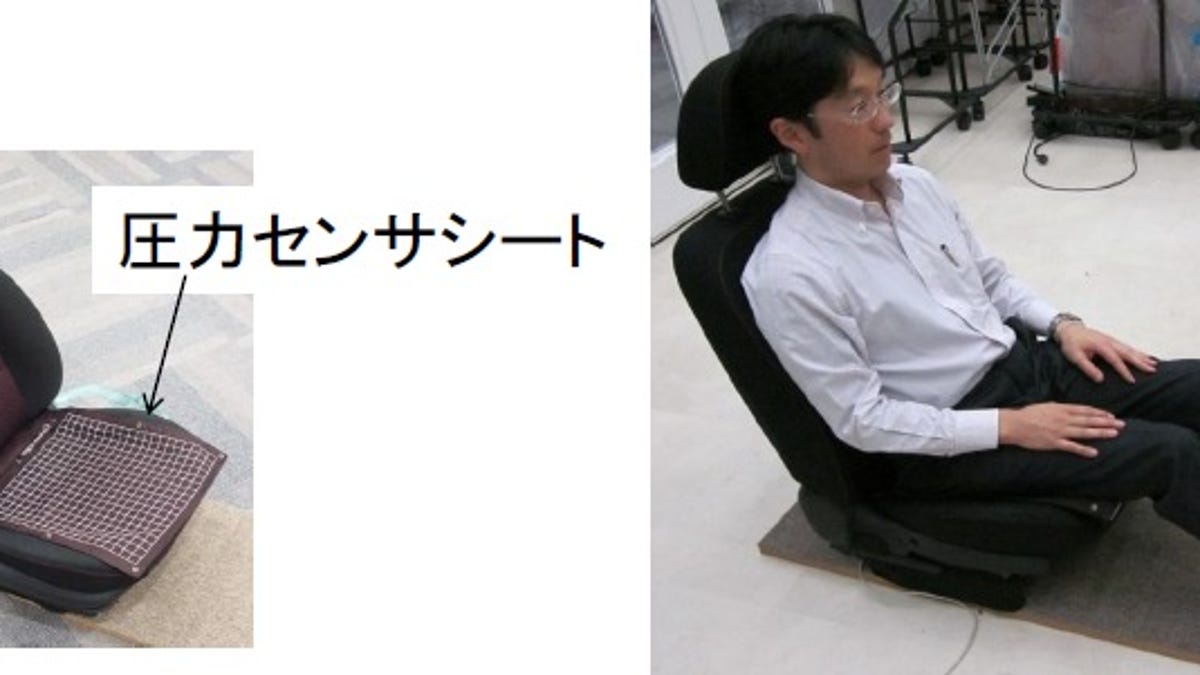In Japan, seat sensors that can recognize you
System can recognize individuals by measuring how they apply pressure on a seat when sitting down. Yes, it essentially knows you by your butt.

Engineers at Japan's Advanced Institute of Industrial Technology have developed a system that can recognize individuals by measuring how they apply pressure on a seat when sitting down.
Nikkei reports that a team led by professor Shigeomi Koshimizu is working to commercialize the system as a "highly reliable" anti-theft system. The timeline? Two to three years, if an automaker signs on.
It's the car seat of the future. Or perhaps the airplane seat of the future--no need to show your ticket or appeal to a flight attendant to boot someone out of your coveted window seat.
Here's how it works: A sensor beneath the driver's seat measures pressure at 360 points. The pressure at each point, measured on a scale from 0 to 256, is output to a laptop computer.
In lab tests, the system was able to distinguish six different individuals with 98 percent accuracy.
The researchers say it helps reduce the psychological burden that traditional biometrics, such as iris scanners or fingerprint readers, can leave on people.
The researchers also say those technologies can be less accurate because the cleanliness of their sensor surfaces impacts their ability to authenticate properly; i.e. dim lighting or grimy surfaces cause "noise" and contaminate results.
Another application the researchers are investigating: pressure sensors for feet, which can allow or deny access to a room--no key card necessary. (It's like a high-tech version of the gold statue-sandbag swap in the opening scene of the film "Raiders of the Lost Ark.")
The next question, of course, is how much the system can scale. Can it distinguish between a Boeing 747 full of passengers? What about a multifloor office building?
This story originally appeared on ZDNet's SmartPlanet via Wired.

